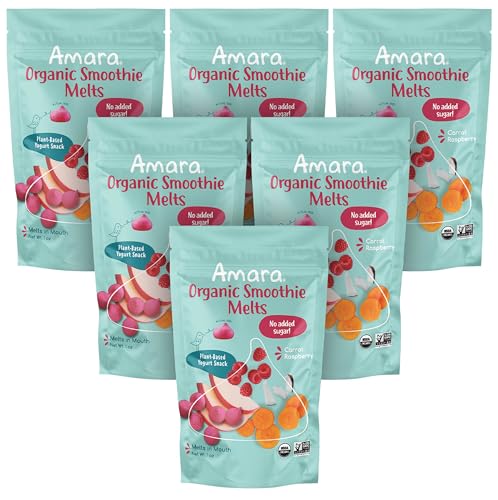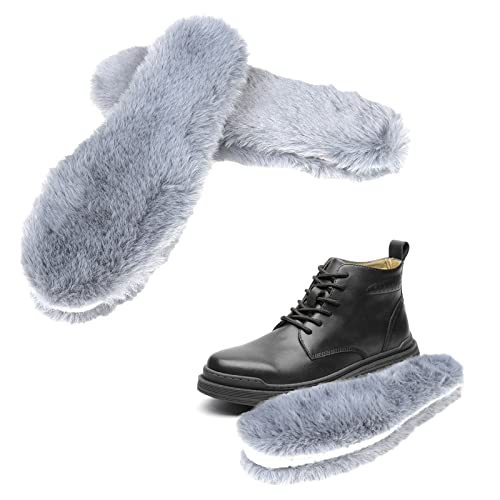Here’s one of her opal siblings
An opal is a blue agouti. It would have the white eye rings, white inside the ear, white on the chin and under the belly. With a broken you couldn't see the belly part, but this bunny has blue spots right to the eye, and blue inside the ears. It looks more like a broken blue self to me. What about the hair on its spots? All one color?

This is a side view of that same little two-week old chestnut agouti in the post above. Note the white around the eye and the white inside the ear. Good clues, even when tiny.

When we talk about eye rings in brokens, we are talking about the fact that the base color shows up around the eyes. In Charlies (true genetically double
En En spotting genes or just with less than 10% color called a 'false Charlie'), you might only see the color around the eyes, a little dot on the nose, perhaps a bit on the ears and a few spots or a little stripe down the spine. For regular brokens, you still need to see the colored fur around the eyes, and color either over the nose (a
butterfly) or as two colored dots on either side of the nose, but you'll also have more color on the body, preferably 40-75% for show. It's just the way this particular broken pattern shows up, just like the Dutch
du patterning puts white as a stripe down the nose and across the shoulders and front legs and the tips of the hind feet, leaving the rest of the head and ears and hindquarters colored. Each broken gene has its own way of patterning the white and colored areas. This is not related to the agouti eye rings, which is referring to the agouti patterning putting light/white around the eyes and inside the ears. You can have a broken agouti, you'll have colored eye rings, but inside that you'll see the agouti light eye mark, and the white inside the ears:

Look at your rabbits. Agouti, whether broken or not, will still have light above or all around the eye. This is an adult "wild gray" chestnut agouti:

You can see the white inside the ear, the white around the eye, and the multiple colors on the individual hairshaft. Even if you have a broken and can't see if the belly is white, you can still look for these three traits: white inside ear, white directly around the eye, and multiple colors on the hairshaft. Opals and wild gray chestnuts have less of the fawn shade on the hairshaft, certainly less than lynx or regular chestnut agouti or cinnamon (chocolate agouti). But, you'll still see some color changes in the fiber. This is chestnut agouti fiber:

To be a marten or otter (both have the
a(t) tan gene), you would need to see the white inside the ears and the white around the eye, but no color bands on the fiber. Agouti rabbits have a colored triangle behind the ears on the back of the neck. Full color
C- agouti have a fawn triangle, while chinchilla-based
c(chd) rabbits have the fawn removed from the coat, so they have white triangles. Martens and otters follow this pattern, martens are chinchilla-based tans, and have white triangles. Otters are full-color based tans, and have fawn triangles. Otters often also have tan outlining the other white agouti markings, and tan hairs scattered down near the belly color change, called side ticking. If you add the rufus modifier into this mix, all the white markings may have a reddish tinge to them. I don't have any tans, so I can't send photos to show the difference. If you do a computer image search of otters, you'll see what I mean.















































































